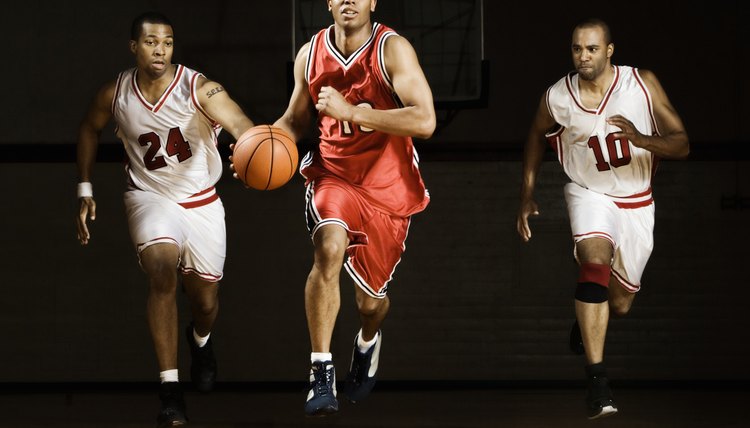College Basketball Timeout Rules

The official NCAA College Basketball Rulebook defines a timeout as a designated allocation of time provided to a team that causes stoppage in the game. The rules governing the number of timeouts and length of an individual timeout differ for a televised game from a non-televised game.
Usage
The head coach of a team may call a timeout during a game if his team is in control of the ball and he gives a visual or oral signal to the referee. A player may call a timeout during a game only if he has control of the ball and signals the referee. When the ball is dead, i.e. not in play, either the coach or a player may signal a timeout.
The visual signal that is usually given is a T sign formed by placing the palm of one hand horizontally over the upright fingers of the other hand, which is being held vertically. Oral signals are usually the words time or timeout yelled at the referee. Because basketball games are usually loud and fast-paced, coaches and players typically use both signals simultaneously in order to get the referee's attention.
Length
In games that are not televised, a full timeout is 75 seconds long and the 30-second timeout adheres to it's namesake. In televised games, full timeouts can be either 60 or 75 seconds long, depending on the media agreement. Thirty-second timeouts are the same.
Allotment
For a non-televised game, each team receives four full timeouts and two 30-second timeouts. The timeouts can be used at any time during either half of the game. Any timeouts not used in the first half of the game carry over into the second half. In televised games, the number of timeouts is controlled by the number of commercials stipulated in the media agreement. Generally, each team is given four full timeouts and two 30 second timeouts to use during the course of a game, plus any media timeouts for commercial breaks.
Electronic-Media Timeouts

Fuse/Fuse/Getty Images
Electronic-media timeouts are only used during televised games and can vary according to the media agreements for each game. If the agreement calls for three media timeouts, they will occur after the 15-, 10-, and 5-minute marks after the first dead ball. If the agreement calls for four timeouts, then they will occur after the 16-, 12-, 8-, and 4-minute marks after the first dead ball. Electronic-media timeouts can be either 60 seconds or 75 seconds long, depending on the terms of the agreement.
Overtime
If the score is tied at the end of regulation play, the game goes into overtime. In both televised and non-televised games, each team receives one extra 75-second timeout per overtime session, plus any timeouts each team did not use during the game.
References
Writer Bio
Based in upstate New York, Teresa Nagel has been freelance writing since 1994. She has written for an assortment of publications, including "Today’s Christian Woman," "Lefthanders International," "The DeltaSig" and "The West Seattle Herald." She holds a Bachelor of Science in nautical science from the U.S. Merchant Marine Academy.
